EU Providing 3.2 Million Euros for ''Amazon of Europe'' Bike Trail
Since joining the European Union (EU) back in July 2013, Croatia has had access to European Union funds for various different sectors, with the tourism and transport sectors getting a boost in multiple ways thanks to the cash. Pelješac bridge is just one of the most talked about strategic projects for Croatia which is being co-funded by an enormous amount of EU money.
As Poslovni Dnevnik/Darko Bicak writes on the 25th of August, 2019, the ''Amazon of Europe'' bike trail is a brand new, emerging cycling route that will connect Croatia with a few of its neighbours, including Slovenia, Austria, Hungary and Serbia. Thanks to co-funding from EU funds, it won't take too long before the trail is ready for use.
The new bike trail will without a doubt succeed in attracting lovers of cycling to this part of Croatia, which is otherwise greatly overlooked in terms of tourism, living in the shadow of Dalmatia and even of Zagreb County.
The 700 kilometre-long cycling route will connect five countries en route from Austria to Hungary on both sides of the Mura, Drava and Danube rivers. These areas are brimming with countryside, rich fauna and picturesque sights.
The project was funded by the Interreg Danube Transnational program, the construction of the trail is currently expected to last for 36 months and has a total value of 3.2 million euros. The project leader is Croatia's neighbour to the north - Slovenia, and one of the project's many partners is the OBŽ county development agency.
This will be one of the longest cycling routes in this part of Europe, and when coming through the Republic of Croatia, the route will follow the course of the Drava river from the rolling green hills of beautiful Međimurje, all the way to the very mouth of the Danube river.
The route will also pass through stunning Kopački rit. The sign-posting and construction of rest areas will begin by the end of the year, and the route should be opened in 2021.
Make sure to follow our dedicated lifestyle and travel pages for much more.
Winter in Kopacki Rit Captured by Romulic & Stojcic Video Magic
June 2, 2019 - One of Croatia's top natural habitat's, Kopacki Rit, is beautifully captured in winter by leading Croatian photographers, Mario Romulic and Drazen Stojcic.
They are perhaps best known for their spectacular timelapse videos of Croatia, all of which have gone viral, but Osijek photography maestros, Mario Romulic and Drazen Stojcic, have done perhaps more than anyone to capture the natural beauty of their native Slavonia and Baranja region.
The region, largely overlooked by tourists, is a true natural paradise, and the lenses of Romulic and Stojcic have been capturing its beauty in all four seasons for many years now.
Of particular interest is the idyllic Kopacki Rit Nature Park, which lies on the banks of the Danube, a little north-east of Osijek. It also back on to the back garden of Romulic, and he has used this easy access to capture animal life at every opportunity over the years.
The latest video work by Romulic and Stojcic has just been uploaded, a beautiful snapshot of wildlife and nature in Kopacki Rit during winter.
The video is part of an EU-funded project to improve tourism in Kopacki Rit, including the construction of a tourist dock at Lake Sakadas, which already welcomes visitors via electric boats.
You can follow more of the work of Romulic and Stojcic on their official Facebook page.
New Excursion Season Starts at Zlatna Greda – Spring in Kopački Rit
The final Saturday in March came to Slavonia and Baranja accompanied by beautiful sunshine. It was ideal timing for the opening of a new excursion season at the Zlatna Greda House in Nature. From Osijek, the urban centre of the region, two roads lead to Zlatna Greda: one goes through Vardarac and Lug, and the other over Kopačevo and Podunavlje. We have opted for the second route, simply because it covers more of Kopački Rit Nature Park.
In the section from Kopačevo to Podunavlje, we enjoy the scenes of Kopački Rit on our right. The water level has visibly risen and, together with natural vegetation, creates unusual formations. Reason enough to pause and take a few photos. We turn to Podunavlje, a Baranja moor with the famous Kormoran restaurant.
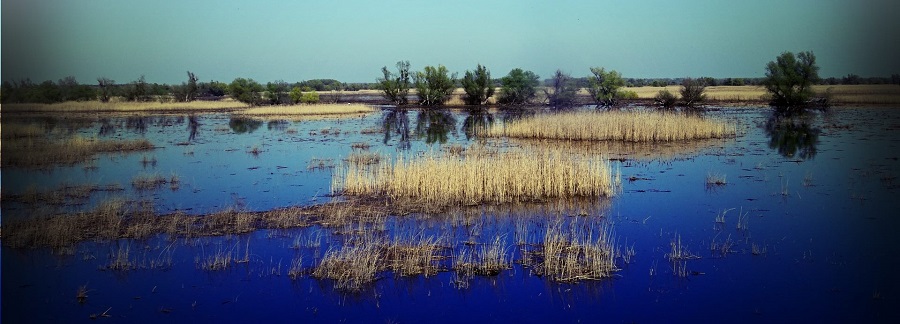
According to the latest census, in 2011, Podunavlje had one inhabitant, while in 2001 it had two. I hope that Podunavlje will keep its settlement status for the next census as well. And who knows, maybe someone moves in; one person would be enough to double the number of residents.
This is just one part of the sad story about the extinction of the Baranja moorlands, which are a unique example of industrial heritage in a rural setting and were once full of life, an excellent example of how to organise work and living harmoniously. The only restaurant Kormoran bring some liveliness to Podunavlje. Parked cars and hikers who came there to enjoy the Baranja delicacies. Kormoran is best known for its game dishes, which is not surprising given that there used to a hunting lodge in the building.
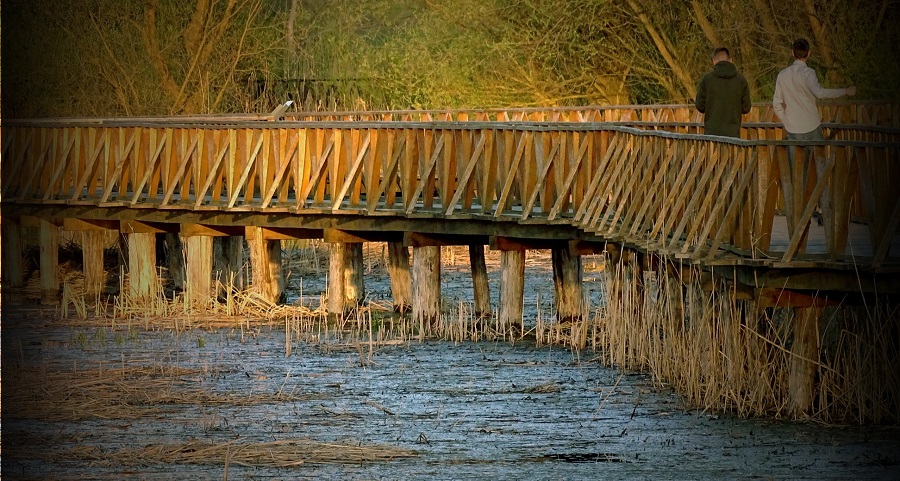
Next is another moor, Kozjak, and then we pass by the Tikveš Castle, sometimes called Tito's Castle. Prior to Tito, it was used by the Yugoslavian ruling dynasty of Karađorđević, who upgraded it, and before them, by the Habsburg dynasty who built it. The castle was in the focus of interest of all the ruling groups in the area, irrespective of their ideological and worldview positions, but it is now forgotten, waiting for some better times.
To the right of the castle there is a turn towards the eponymous settlement, and to the left is a road to Zlatna Greda, which is less than 30 kilometres from Osijek, located in the real wilderness.
Upon arrival at the Zlatna Greda House in Nature, which is managed by the Green Osijek association, I immediately notice new features: at the intersection of the paths leading to the educational track, the Danube embankment and the eco-centre, there is a life-size metal sculpture of a wild boar.
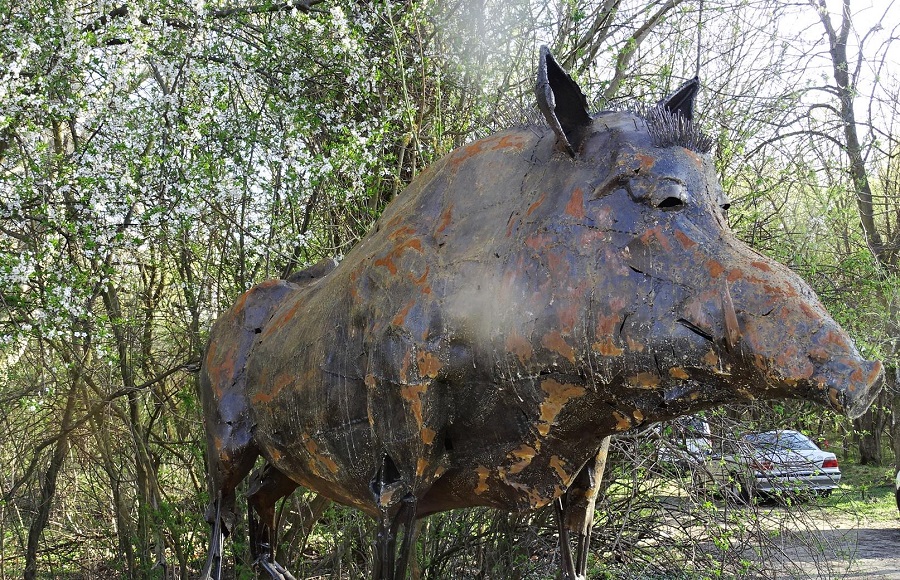
My first reaction is to remember an event which took place two or three years ago when I was a guide at Zlatna Greda and went to prepare for guiding the topical route “The Paths of Danube Fishermen”. Three young boars suddenly ran out of the bush and got stuck between my legs. I notice that the educational path has been dug up while the trees next to it have been cut down. I wonder why.
The House in Nature is full of people, hikers, travellers. In addition to the adrenaline park and bicycles, there are new facilities for this season, such as electric scooters and tree houses. I meet the hosts who explain that the educational path has been dug up because the water from the Čarna canal will be brought to the house itself so that the canoe tours will start directly from the eco-centre and everything will be available at one location.
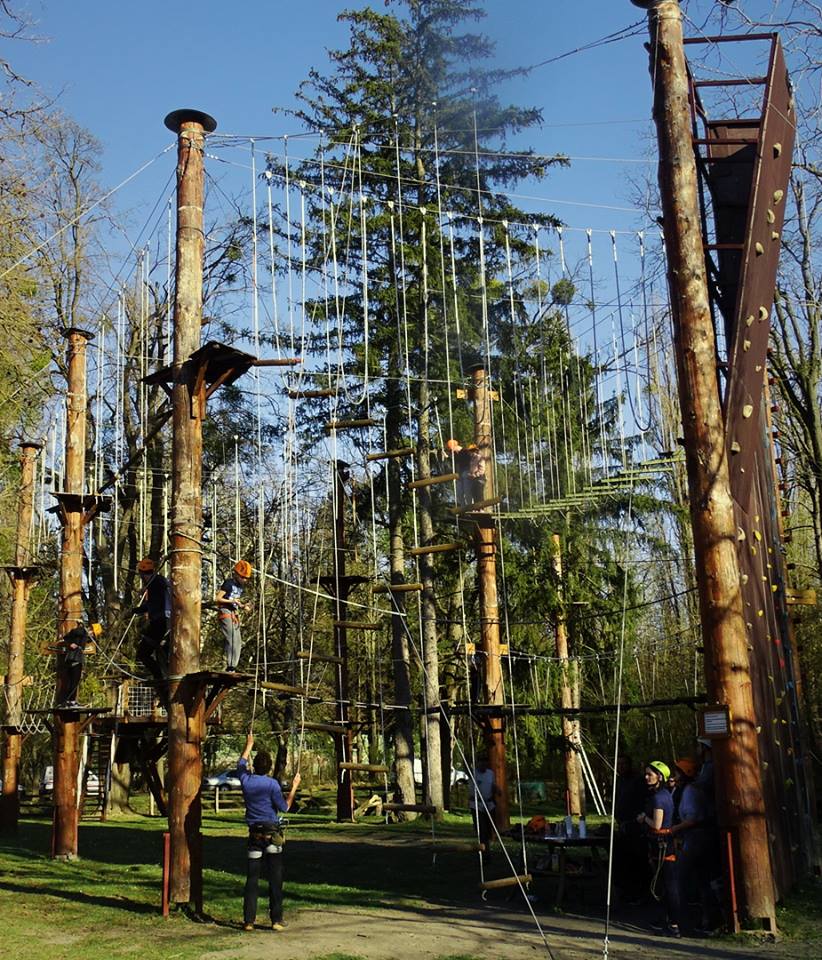
After spending time in nature, you need to restore your energy with delicious Baranja delicacies. Catering services are covered by the Slavonian House restaurant from Osijek, offering appetizers such as fish pies, smoked fish – common carp, carp bream and grass carp marinated in oil, and the so-called “meza kod trapa”, which are homemade cured meats, such as kulen, sausages, hams, “švargla” and pork scratchings served with different kinds of cheese.
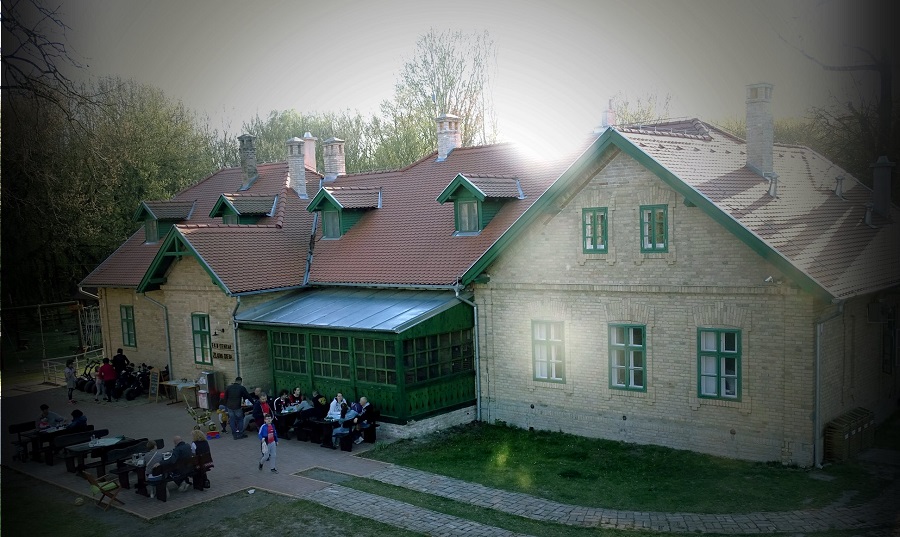
As for the kettle dishes, on offer are fish stew and “čobanac” made with veal, baby beef, lamb and game. You can also have “perkelt” made with fish and game, together with pastry with cheese and bacon. The menu also includes carp grilled on a fork. There is something for the vegetarians as well, and they can choose between vegetarian goulash with mushrooms and pasta, vegetarian burger, grilled cheese and vegetarian stew.
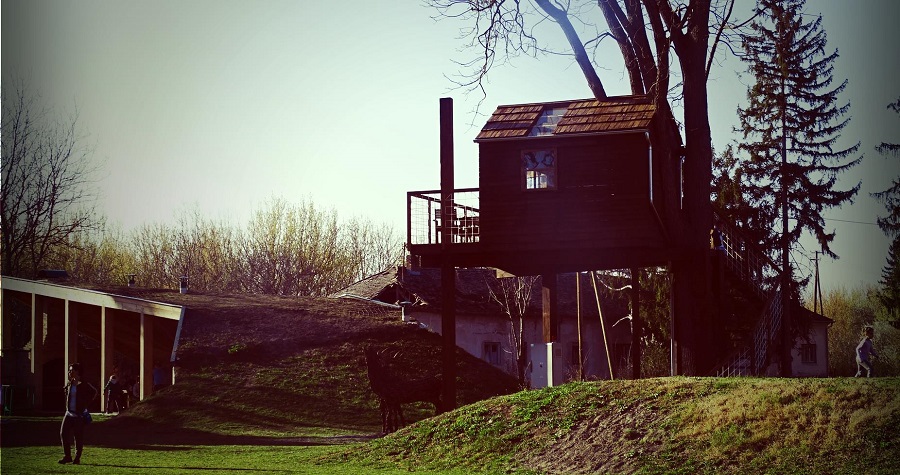
Spring is just starting; nature is waking up and inviting us to visit. Kopački Rit is one of the most fascinating natural areas in eastern Croatia, and Zlatna Greda is an ideal starting point for its exploration.
More news about Kopački Rit can be found in the Lifestyle section.
Over 35,000 Birds Spotted in Kopački Rit During Winter Birdwatching
ZAGREB, February 5, 2019 - The latest winter bird count in Kopački Rit, which has recently ended, show that there were over 35,000 birds in that nature park in eastern Croatia during this winter.
This year's winter bird count was carried out by the park's staff and the Croatian Society for Bird and Nature Protection.
The local staff said that mallards and greater white-fronted geese were the most numerous birds in the park. Also, great cormorants and greylag geese were spotted.
In 1993, Kopački Rit was added to the List of Wetlands of International Importance as defined by the Ramsar Convention for the conservation and sustainable use of wetlands.
Four more Croatian locations were entered into this list: Lonsko Polje Nature Park, Vransko Jezero Nature Park, the delta of the River Neretva and the Crna Mlaka fishponds.
The results of the winter bird count were presented on the occasion of World Wetlands Day, observed annually on 2 February.
More news on the Kopački Rit can be found in the Lifestyle section.
Kopački Rit Revitalisation Project Presented
ZAGREB, February 26, 2018 - Considering its resources and potential, Kopački Rit Nature Park has a central place in Osijek-Baranja County's tourism strategy and in the period ahead, the park's historical, cultural and natural heritage will be revitalised after it was devastated in the 1991-1995 Homeland War, the park's director and county officials said.
Kopački Rit Nature Park Performs Annual Bird Counting
ZAGREB, February 25, 2018 - This year's winter bird count in Kopački Rit Nature Park in eastern Croatia found 70 bird species and 20,220 birds living at 40 sites in the park, the park's management announced.
Ana Rucner Plays Bolero in Stunning Romulic Stojcic Kopacki Rit Promo Video
The latest spectacular work from leading Croatian photographers Romulic and Stojcic is released on December 27, 2016 - cellist Ana Rucner, Bolero and Kopacki Rit Nature Park.
Stunning Winter Wonderland Photos from Across Croatia
Beautiful images from Zagreb, Samobor, Plitvice lakes all the way to Kopački rit


